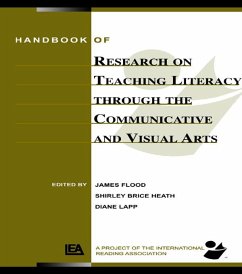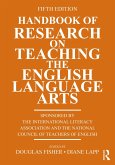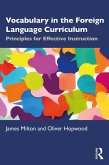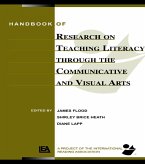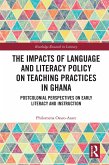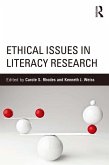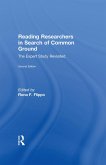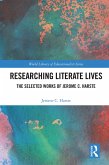In an era characterized by the rapid evolution of the concept of literacy, the Handbook of Research on Teaching Literacy Through the Communicative and Visual Arts focuses on multiple ways in which learners gain access to knowledge and skills. The handbook explores the possibilities of broadening current conceptualizations of literacy to include the full array of the communicative arts (reading, writing, speaking, listening, viewing) and to focus on the visual arts of drama, dance, film, art, video, and computer technology. The communicative and visual arts encompass everything from novels and theatrical performances to movies and video games. In today's world, new methods for transmitting information have been developed that include music, graphics, sound effects, smells, and animations. While these methods have been used by television shows and multimedia products, they often represent an unexplored resource in the field of education. By broadening our uses of these media, formats, and genres, a greater number of students will be motivated to see themselves as learners. In 64 chapters, organized in seven sections, teachers and other leading authorities in the field of literacy provide direction for the future: I. Theoretical Bases for Communicative and Visual Arts Teaching Paul Messaris, Section Editor II. Methods of Inquiry in Communicative and Visual Arts Teaching Donna Alvermann, Section Editor III. Research on Language Learners in Families, Communities, and Classrooms Vicki Chou, Section Editor IV. Research on Language Teachers: Conditions and Contexts Dorothy Strickland, Section Editor V. Expanding Instructional Environments: Teaching, Learning, and Assessing the Communicative and Visual Arts Nancy Roser, Section Editor VI. Research Perspectives on the Curricular, Extracurricular, and Policy Perspectives James Squire, Section Editor VII. Voices from the Field Bernice Cullinan and Lee Galda, Section Editors The International Reading Association has compiled in the Handbook of Research on Teaching Literacy Through the Communicative and Visual Arts an indispensable set of papers for educators that will enable them to conceptualize literacy in much broader contexts than ever before. The information contained in this volume will be extremely useful in planning literacy programs for our students for today and tomorrow.
Dieser Download kann aus rechtlichen Gründen nur mit Rechnungsadresse in A, B, BG, CY, CZ, D, DK, EW, E, FIN, F, GR, HR, H, IRL, I, LT, L, LR, M, NL, PL, P, R, S, SLO, SK ausgeliefert werden.

